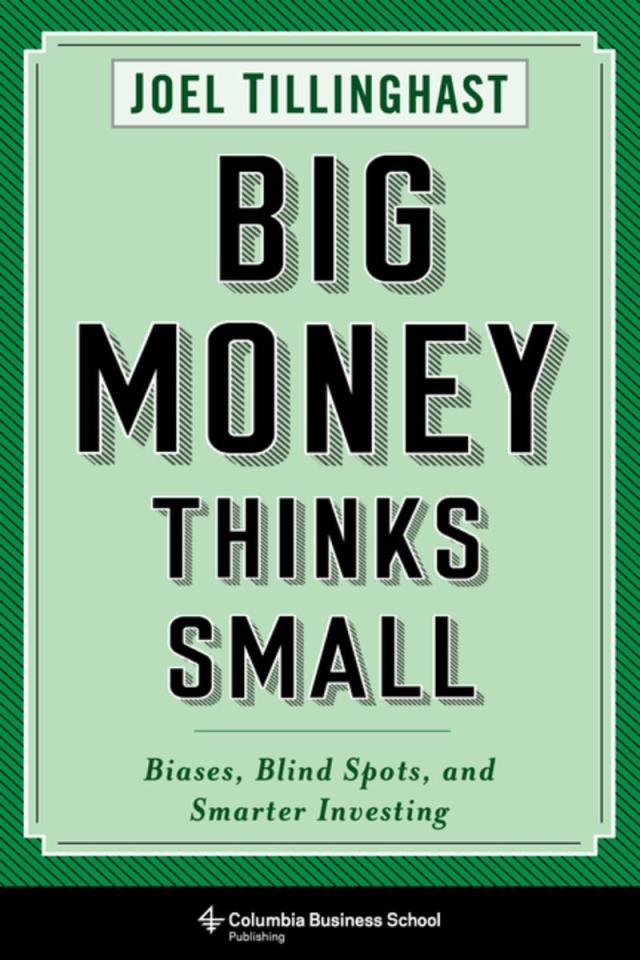
Joel Tillinghast, one of the best mutual fund managers, runs the money in Fidelity’s Low-Priced Stock Fund. It has one of the best long-term records among stock funds over the 28 years that he has managed it.
The author gives you a recipe for how to pick good stocks, but he doesn’t give you a machine that produces them. In a style that is clever and discursive, he summarizes his main ideas at the beginning and end of the book, and explains the ideas in the middle of the book. The ideas are simple, but learning to apply them will take a lifetime.
Here are the five ideas as written in the beginning (page 3):
-
Make decisions rationally
-
Invest in what we know (did I mention Peter Lynch wrote the foreword to the book?)
-
Worth with honest and trustworthy managers
-
Avoid businesses prone to obsolescence and financial ruin, and
-
Value stocks properly
At this point, some will say “You haven’t really given us anything! These ideas are too big to be useful!” I was surprised, though, to see that the same five points at the end of the book said more (page 276). Ready?
-
Be clear about your motives, and don’t allow emotions to guide your financial decisions
-
Recognize that some things can’t be understood and that you don’t understand others. Focus on those that you understand best.
-
Invest with people who are honest and trustworthy, and are doing something unique and valuable.
-
Favor businesses that will not be destroyed by changing times, commoditization, or excessive debt.
-
Above all, always look for investments that are worth a great deal more than you are paying for them.
That says more, and I think the reason they are different is that when you read through the five sections of the book, he unpacks his initial statements and becomes more definite.
Much of the book can be summarized under the idea of “margin of safety.” This is a type of value investing. When he analyzes value, it is like a simplified version of reverse discounted cash flows. He tries to figure out in a broad way what an investment might return in terms price paid for the investment and what “owner earnings,” that is, free cash flow, it will generate on a conservative basis.













Leave A Comment